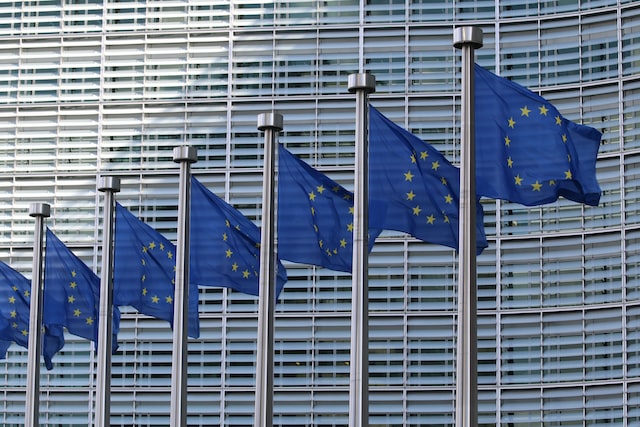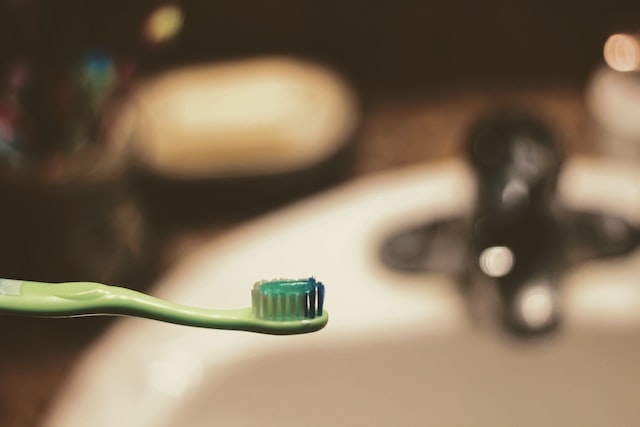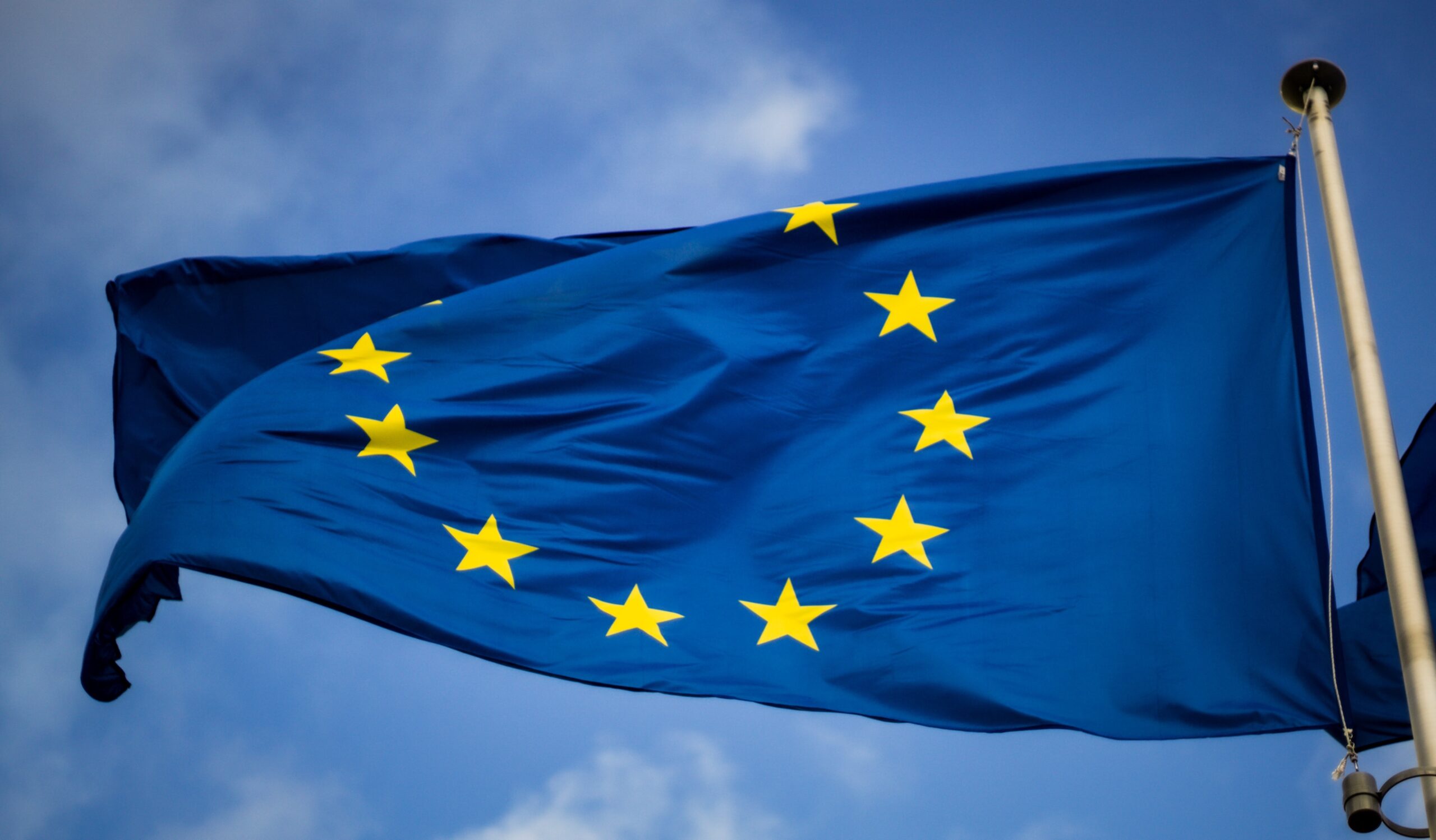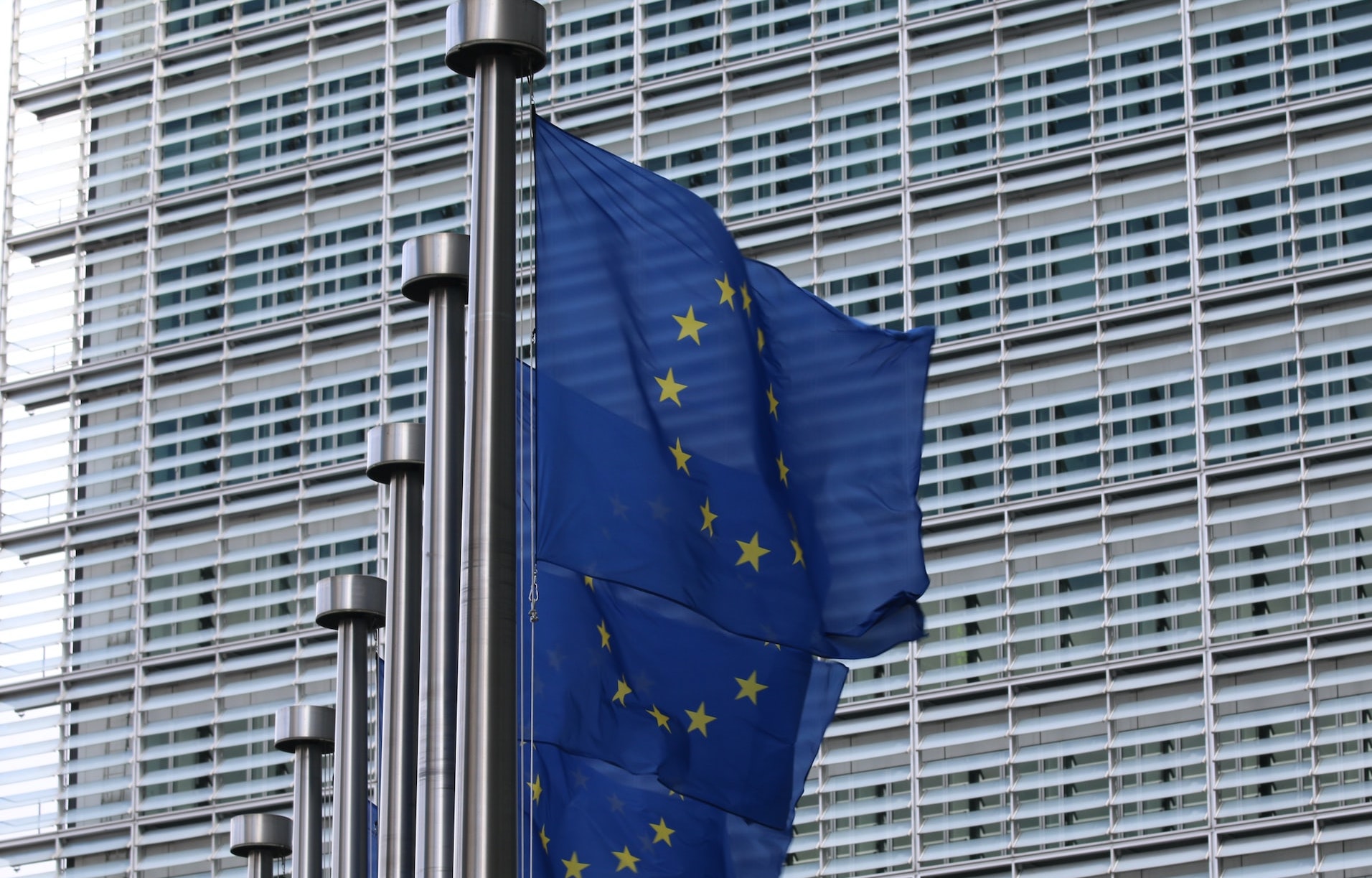On November 11, 2022, the European Commission published the Regulation (EU) 2022/2195, amending Annexes III (list of restricted ingredients) and VI (list of authorised UV filters) to EU Cosmetics Regulation No. 1223/2009.
Based on the latest scientific opinions published by the Scientific Committee on Consumer Safety (SCCS), the amendments provide for new conditions of use of the following ingredients:
- BHT (Butylated Hydroxytoluene; CAS No. 128-37-0)
– Mouthwash products, up to 0.001%
– Toothpastes, up to 0.1%
– Other leave-on and rinse-off products, up to 0.8%.
Entry into force from 1 July 2023 for products placed on the market and 1 January 2024 for products made available on the market (off-shelves).
- Acid Yellow 3 (CAS No. 38615-46-2)
– Limited to non-oxidative hair dye products at a maximum concentration of 0.5%. Any other use not explicitly regulated will not be allowed.
Entry into force from 1 July 2023 for products placed on the market and 1 January 2024 for products made available on the market (off-shelves).
- Homosalate (CAS number: 118-56-9)
– Face products, except propellant sprays, up to a maximum concentration of 7.34%.
Entry into force from 1 January 2025 for products placed on the market and 1 July 2025 for products made available on the market (off-shelves).
- HAA299 (Bis-(Diethylaminohydroxybenzoyl Benzoyl) Piperazine; CAS No. 919803-06-8)
– New UV filter added to Annex VI, safe up to a maximum concentration of 10%. In the case of the combined use of Piperazine and Piperazine (nano), the sum shall not exceed 10%.
– HAA299 in nano form must meet some additional requirements: Purity ≥ 97%; Median particle size D50 ≥ 50 nm of number size distribution; It cannot be used in applications that may lead to exposure of user’s lungs by inhalation.
Entry into force on 1 December 2022.
- Resorcinol (CAS number: 108-46-3)
Correction in Annex III to Regulation (EC) No 1223/2009, in the row for entry 22, column i, point (a), the last sentence is replaced by the following: “Do not use to dye eyelashes.”
For more information feel free to contact us at info@criticalcatalyst.com.
References:
1. Commission Regulation (EU) 2022/2195 of 10 November 2022 amending Regulation (EC) No 1223/2009 of the European Parliament and of the Council as regards the use of Butylated Hydroxytoluene, Acid Yellow 3, Homosalate and HAA299 in cosmetic products and correcting that Regulation as regards the use of Resorcinol in cosmetic products.







